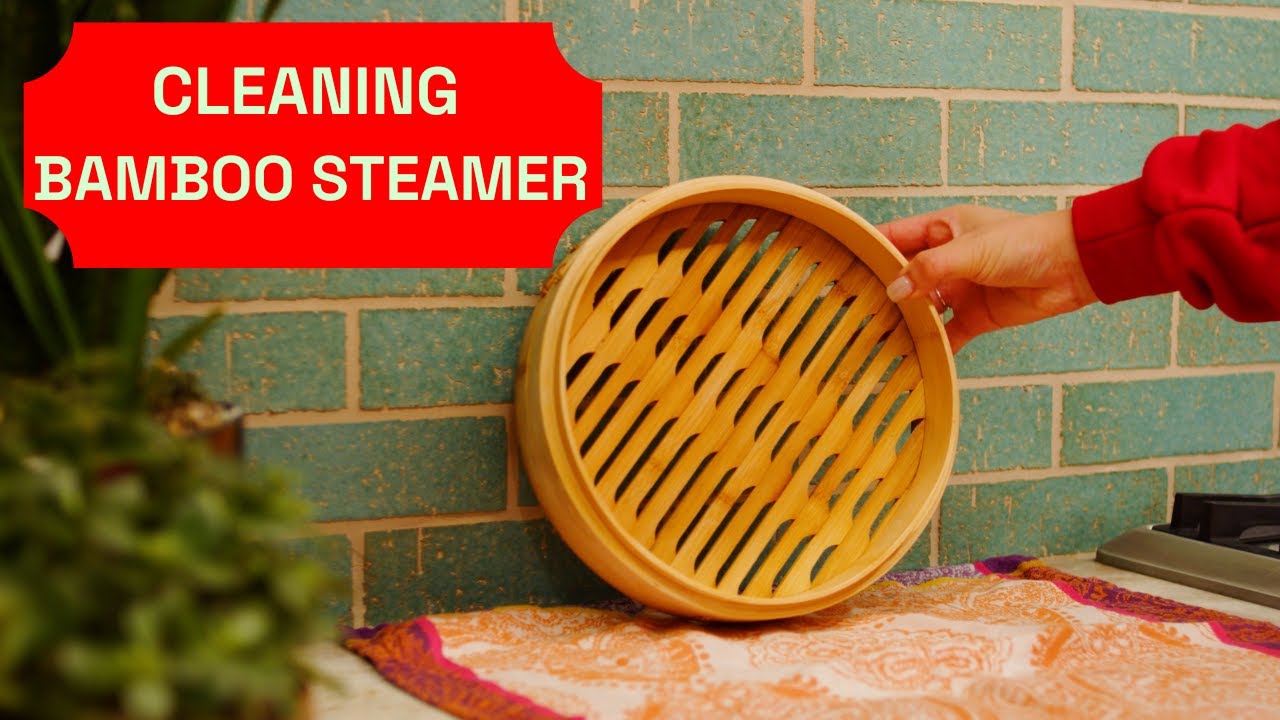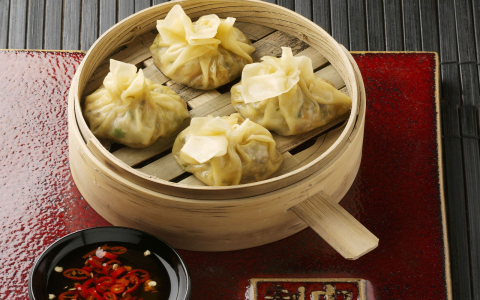Alright, so let me tell you about my journey with this dim sum steamer, the bamboo kind. I’d seen ‘em around, you know, at restaurants, and always thought it looked pretty neat, authentic and all that. For ages, I just kinda admired them from afar. Then one day, I was like, “You know what? I’m gonna get one.” I was tired of my sad, often soggy, attempts at making dumplings at home using other methods.

Getting Started – Or So I Thought
So, I went out and bought one. Just a simple two-tier bamboo steamer. Didn’t think much of it. Looked easy enough, right? Famous last words. My first go was, well, let’s just say it wasn’t pretty. I just chucked my lovingly (and somewhat clumsily) made siu mai straight onto the bamboo. Big mistake. Everything stuck. I mean, proper stuck. It was a massacre trying to get them out. Half the filling stayed behind, the wrappers tore. I was so frustrated, almost threw the whole thing out.
I figured there had to be a trick to it. Nobody shows you the messy bits in those cooking videos, do they? They just pull out perfectly steamed, pristine dumplings. Liars, all of ’em, I thought at the time!
Learning the Ropes, Slowly
So, I did what any sensible, slightly defeated person would do. I grumbled a bit, then actually looked up how to use the darn thing. Turns out, it’s not rocket science, but there are a few key things.
- Liners are your best friend. Seriously. This was the game changer. I started using parchment paper with holes poked in it. Some folks use cabbage leaves or lettuce. Anything to stop the sticking. Suddenly, my dumplings came out whole!
- Water level is crucial. You need enough water in your wok or pot so it doesn’t boil dry, but not so much that it’s bubbling up and touching the bottom of the steamer. That just makes the food soggy. I learned to keep an ear out for the simmer and top it up carefully.
- Don’t overcrowd it! I was so eager to cook a lot at once, I’d pack those baskets tight. Bad idea. Steam needs to circulate. Giving them a bit of space makes all the difference. They cook more evenly that way.
- Pre-soak or wet the lid? I read about this. Some people soak the whole steamer before first use to get rid of the woody smell. I just gave mine a good rinse. And I always make sure the lid is on tight to keep that precious steam in. Sometimes a little water on the lid helps it seal if it’s a bit warped.
The Payoff and What I Do Now
After a few more tries, keeping these things in mind, it finally clicked. I pulled out a batch of perfectly steamed buns, and man, the satisfaction! They tasted so much better than anything I’d managed before. The bamboo even gives a very, very subtle, nice aroma to the food, I think. Or maybe that’s just me romanticizing it.
Now, it’s a regular part of my kitchen. I mostly use it for dumplings and buns, obviously. But I’ve also done veggies in it – broccoli, carrots, stuff like that. Steams ’em up real nice, keeps the crunch. I’ve even done fish a couple of times. Just lay it on some ginger and spring onions, and it comes out super tender.

Clean up is pretty easy too. Usually just a quick rinse and a wipe down. I let it air dry completely before storing it so it doesn’t get all funky. Sometimes, if things got a bit messy, a gentle scrub with a soft brush does the trick. I avoid soap, as I’ve heard it can get into the bamboo.
So yeah, that’s my bamboo steamer story. Started off a bit rocky, like most new things I try, if I’m being honest. But once I got the hang of a few basic principles, it became a really cool tool. Makes me feel a bit more connected to the whole dim sum making process, you know? It’s not just about the food, but the ritual too. And it’s definitely better than wrestling with sticky, torn dumplings.
